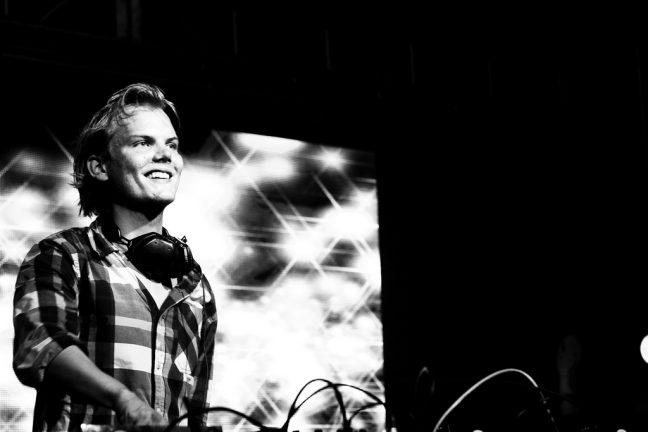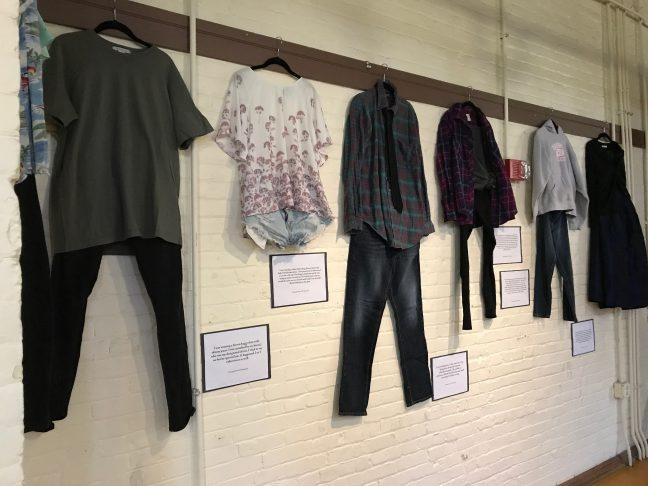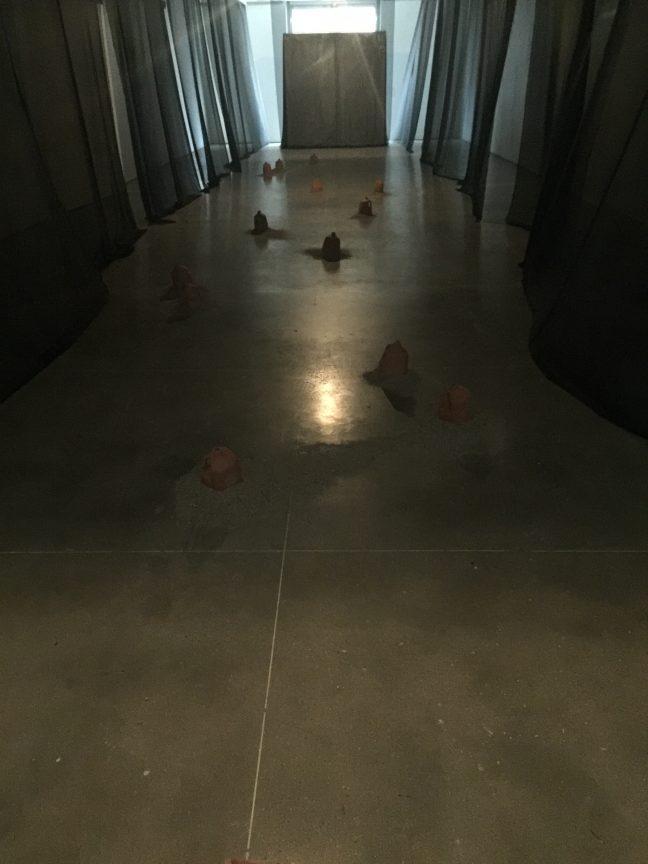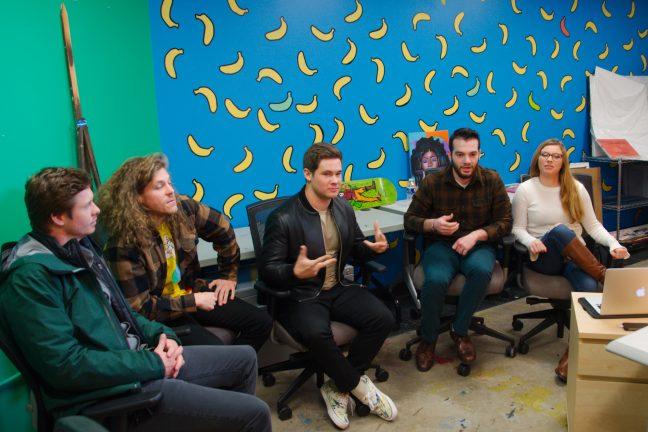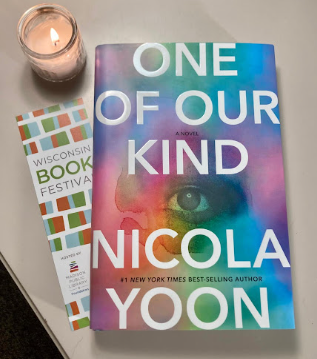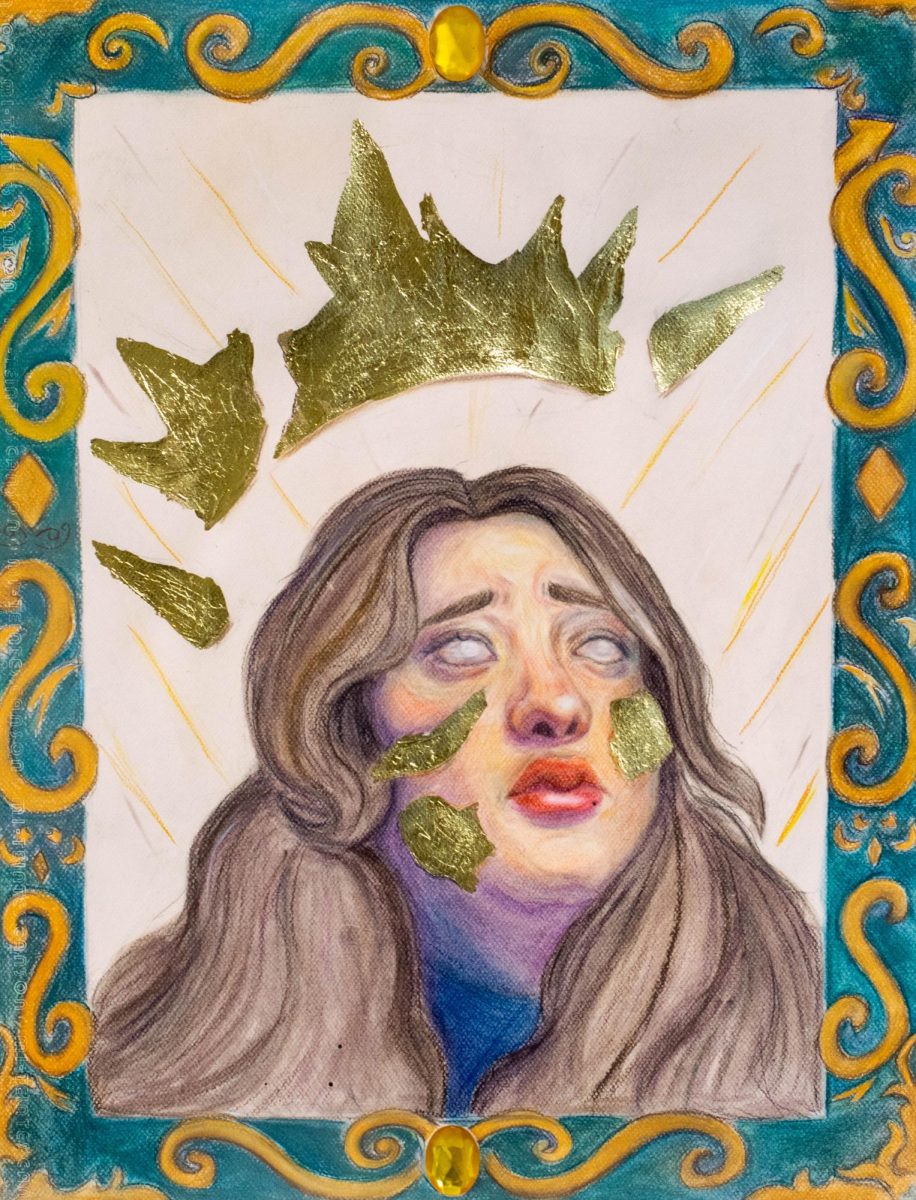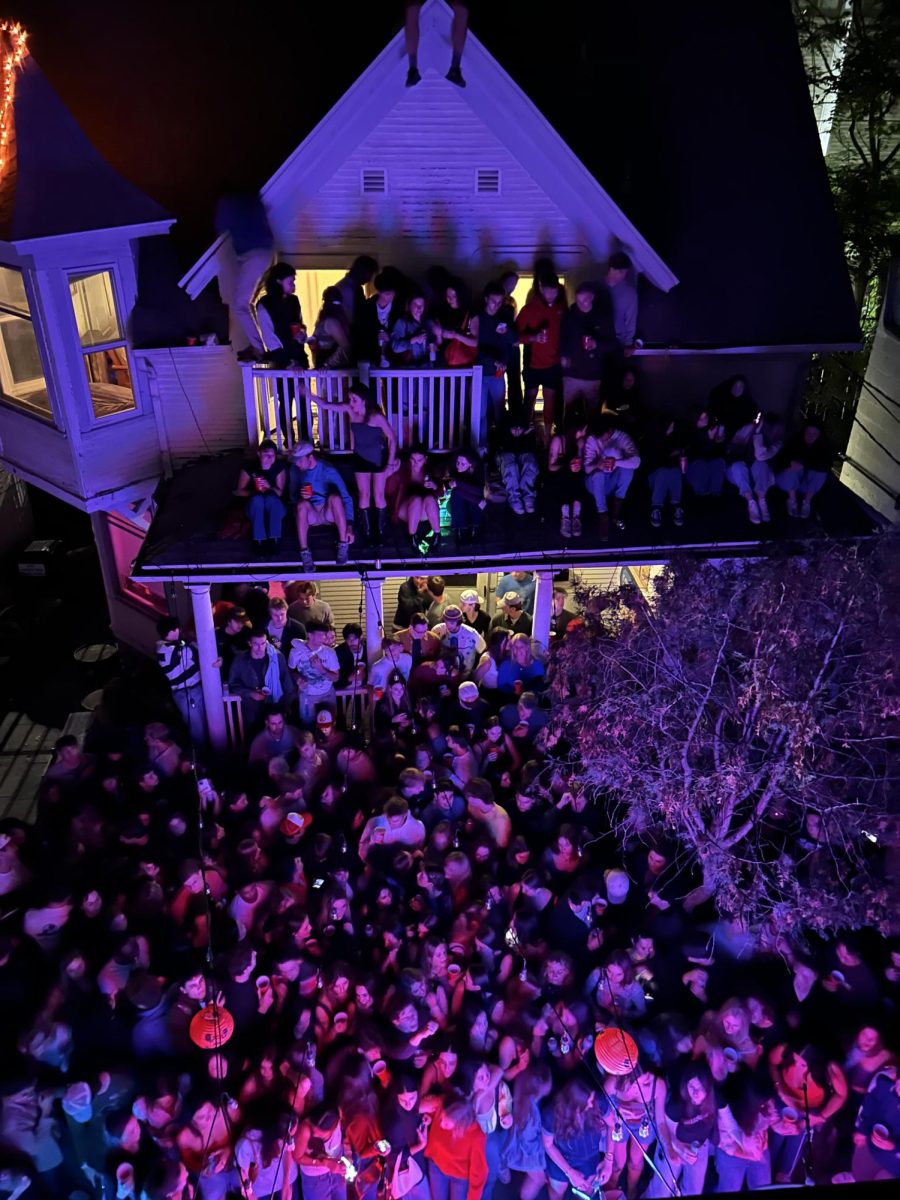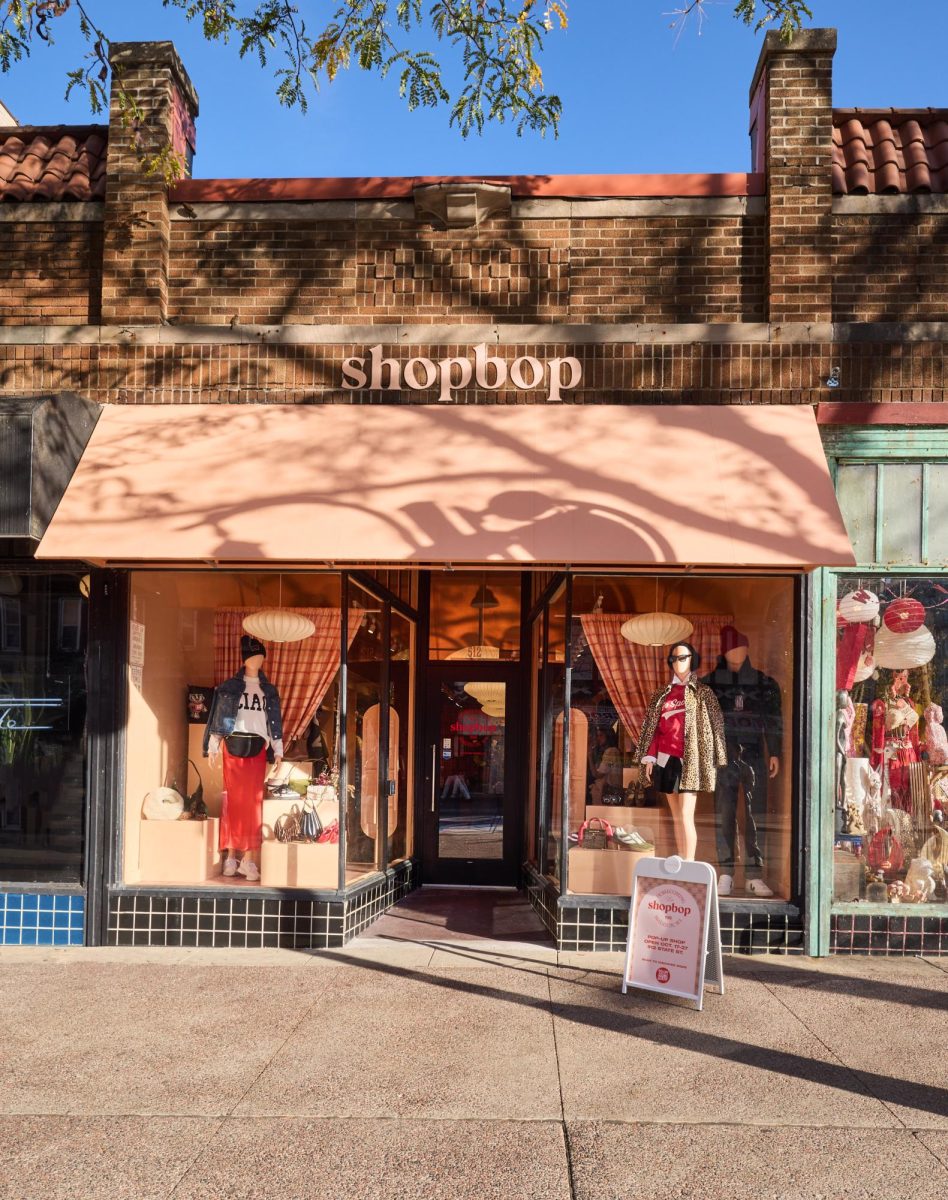
In the aftermath of Hurricane Katrina, compassionate individuals ranging from doctors to teachers traveled to the Gulf Coast from all parts of the U.S.. Among them was Francesco Lovascio di Sangis, an artist from Cape Cod fed up with the lack of appreciation for fine art among the “bourgeois” seaside tourists. Di Sangis made the trek to the decimated city of New Orleans, inspired by plans for a project he hoped would renew his faith in the craft.
“When Hurricane Katrina happened, the grassroots sector of society was the only sector that was doing disaster relief per se in the disaster zone,” he said. “County, parish, state and federal governments were not; it was friends rescuing friends. … I wanted to create fine art in a microcosm of the apocalypse, as I came to view it in time.”
Di Sangis didn’t know what he’d find when he “stuff[ed] a backpack full of nothing but sketchbooks and graphite pencils and hitchhike[d] into the middle of the worst natural disaster at the time to have hit the Gulf Coast,” but he wanted to at least try.
“It turned out to be the best decision I could have made,” he said.
This endeavor, which resulted in 400 completed portraits, was the beginning of what the artist calls the Portrait Story Project. He continued on to do 600 portraits in the low-income, rural communities of Appalachia and hopes Madison will yield similar creative successes. He calls this segment “Portrait Story Project: Faces of Mad Town, City of Four Lakes.”
Di Sangis paints portraits of individuals in the selected region and then gives them guidelines to handwrite an accurate, subjective narrative of their experience atop the painting.
He uses a variety of wet and dry mediums, layered on mat board, using materials that range from waxy china marker to runny tempura. The project provides personal stories that would not otherwise be told.
“Most of us can’t help but tell a story in the most casual conversation; it’s how the human mind thinks,” Di Sangis said. “We are pattern-recognizers and narrative generators.”
Di Sangis exemplifies this statement by recalling an early hominid looking at a collection of footprints and having the unique capacity to realize what it means: that it’s a representation of something happening there in the past.
“History is nothing more than stories made archival,” he said.
Making history interests the artist; he thinks certain things can be emphasized while others are discredited or undermined by the way they’re presented. He doesn’t want to let that happen and instructs people on how to be their own “journalist.”
“I tell people to write a story; to give a sense of time, place and action,” he said. “Be subjective – you are a subject, so assert it. … [Write about] how you establish self-empowerment, or maintain connection to land, build local economy or community,” he said. “It should be your own experience, not someone else’s, not future or past tense.”
The artist believes the project enacts an important dissent from traditional portraiture.
“Historically, [portraits have] been reserved for the wealthy aristocracy, or at least has occurred on a commission basis even if it’s something as informal as a caricature,” he said, speaking to the contrasting, non-commercial aspect of his own project. “I’m trying to get grassroots independent social movements to both generate and caretake their own aesthetic legacy. There’s private ownership and state maintenance in museums, but I’d like to think I’m pioneering a third sector to fine art.”
Excluding the fact that his paintings are not for sale, di Sangis said he still considers what he does fine art. However, his artistic training has been atypical to say the least.
“I more or less emerged as an artist in Cape Cod and was very much adherent to the Cape School of Art even though the school was actually closed when I got there; I squatted in the building that had been a school,” he said. “I met the middle-aged Cape School impressionists that had their formative years there when it was open. … There’s a fellow named Ray Nolan; he gave me some pigments that I still have yet to use up. He told me [impressionist artist] Henry Hensche gave it to him, and [Cape Cod School of Art founder] Charles Hawthorne gave it to him. … So I’m a fourth generation artist in that sense.”
The dedication to his art is evident in di Sangis’ hand-ground oil paints, which he said went out of style in the 1200s. The bike on which he currently carries his art supplies brought him from Chicago to the Occupy Madison grounds in Reynolds Park. Portrait Story Project’s installment in Madison, which now consists of a few completed portraits hanging from a tent in Reynolds Park, “will hopefully be written and narrated by hundreds like the last two portrait stories were.”
No artistic paradigm could take place without some personal motivation or involvement with the subject of the art. Di Sangis had a few pointed words to say about the occupation he is capturing through his images.
“[Some people] deal with economic fires by dumping gasoline on them. … I think it’s great that there’s been a solidarity gathering here in conjunction with the Wall Street protests. The folks here have been open-minded and creative and lucid enough to have an impact,” he said.
When asked if he would bring his skills and perspective to New York, though, he did not foresee it.
“I’m committed to Madison,” he said. “Portrait Story Projects are geographically delineated.”
While di Sangis is “on the informational dirt road,” he does upload many scans of his artwork towww.portraitstoryproject.org. He advocates to the communities he works with that they organize the pieces in a local space, which in Madison is still pending volunteers.
“What we’re looking for first and foremost is participation,” he said. “The originals are part of a series, and that series stays with the landscape that generated the content.”




